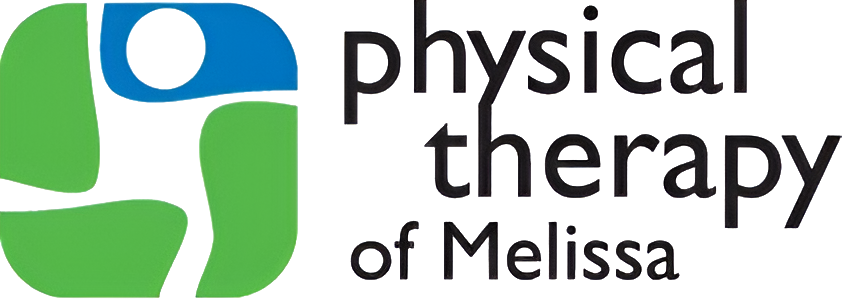
Fight Back Pain With Physical Therapy Treatment
If you are living with chronic back pain, you know how limiting it can be to your daily life. It can hurt to sleep, it can hurt to get up out of bed, and it can hurt to bend over or pick your child up. Dealing with back pain day in and out gets old!
That’s why it’s important to consult with a physical therapist as soon as it starts. The longer you wait, the more likely it becomes that it may progress into a more serious issue.
Physical therapy is a natural, quick, and effective way to help manage your back pain. If you have been living with back pain, you’re not alone – and there is help. Contact Physical Therapy of Melissa in Melissa, TX today to schedule a consultation and get started on the best treatment plan for your needs!
How does a physical therapist treat back pain?
First of all, remember that a physical therapist is a movement specialist who knows how to pinpoint the source of your pain. Your physical therapist will focus on treating the root of your back pain, in order to help you regain mobility, function, and comfort.
Your individualized treatment plan will incorporate the best methods possible for relieving your pain, facilitating the healing process, and restoring function and movement to the affected area(s) of your back.
At your initial appointment, you’ll receive a comprehensive evaluation, which will help your physical therapist discover which forms of treatment will be best for the orthopedic, neurologic, or cardiovascular condition you are experiencing.
With physical therapy treatments, there are two main categories of treatment – passive physical therapy and active physical therapy.
Passive treatments for pain relief
The goal of passive physical therapy is to make pain more tolerable and, eventually, to eliminate it completely. Lower back pain is a debilitating ailment that can limit your physical capabilities.
As a result, physical therapists strive to alleviate discomfort as much as possible. Passive physical therapy can comprise any combination of the following speciality therapies that your physical therapist deems appropriate:
- Hydrotherapy.
- Dry needling.
- Ultrasound.
- Ice/heat packs.
- Massage.
- Manual therapy.
- Iontophoresis.
- Electrical stimulation, such as TENS Units.
Heat/ice packs and massage therapy are two of the ways used to alleviate pain and edema. While it may sound frightening, electrical stimulation is a harmless treatment that sends small pulses of electricity throughout your nervous system. This aids in pain reduction, as well as reducing muscular spasms and promoting the production of pain-relieving hormones in your body.
Hydrotherapy is an aquatic-based treatment that involves patients performing low-intensity motions in water to relieve muscular tension and allow joints to move freely and painlessly. Although any of these procedures could be suggested at your physical therapist’s discretion, they are more typically utilized for the treatment of lower back pain than others.
Active treatments for pain relief
In the later stages of physical therapy, the goal of active physical therapy is to provide exercises that the patient can accomplish on their own. When your lower back pain has lessened to the point where your physical therapist believes you are ready for active physical therapy, he or she will create a customized exercise program for you.
This can include any combination of stretching, strength training, and stability training, and it is all geared toward helping you gain back your flexibility, range of motion, and muscle strength. These exercises will help provide support to the painful area and will guide you further in your recovery process.
What should I expect with treatment?
When you come in for your consultation, your physical therapist will perform a thorough examination that includes a physical examination as well as questions about your pain levels, lifestyle, and medical history.
After this information is collected, your physical therapist will create an individualized treatment plan based on your specific needs. Treatment plans will include both passive and active treatment methods, as mentioned above.
It is likely that your physical therapist will also provide you with gentle stretches and exercises to do on your own, in order to maintain the progress you make during your sessions.
Call our clinic today for true pain relief
Physical therapy for back pain relief aims to relieve pain, increase function, and decrease the risk of future injury. If you have been living with back pain, contact us as soon as possible – we’ll provide you with the relief you need so you can get back to your daily life.
